Who Makes the Best Quality Baby Clothes in 2025?
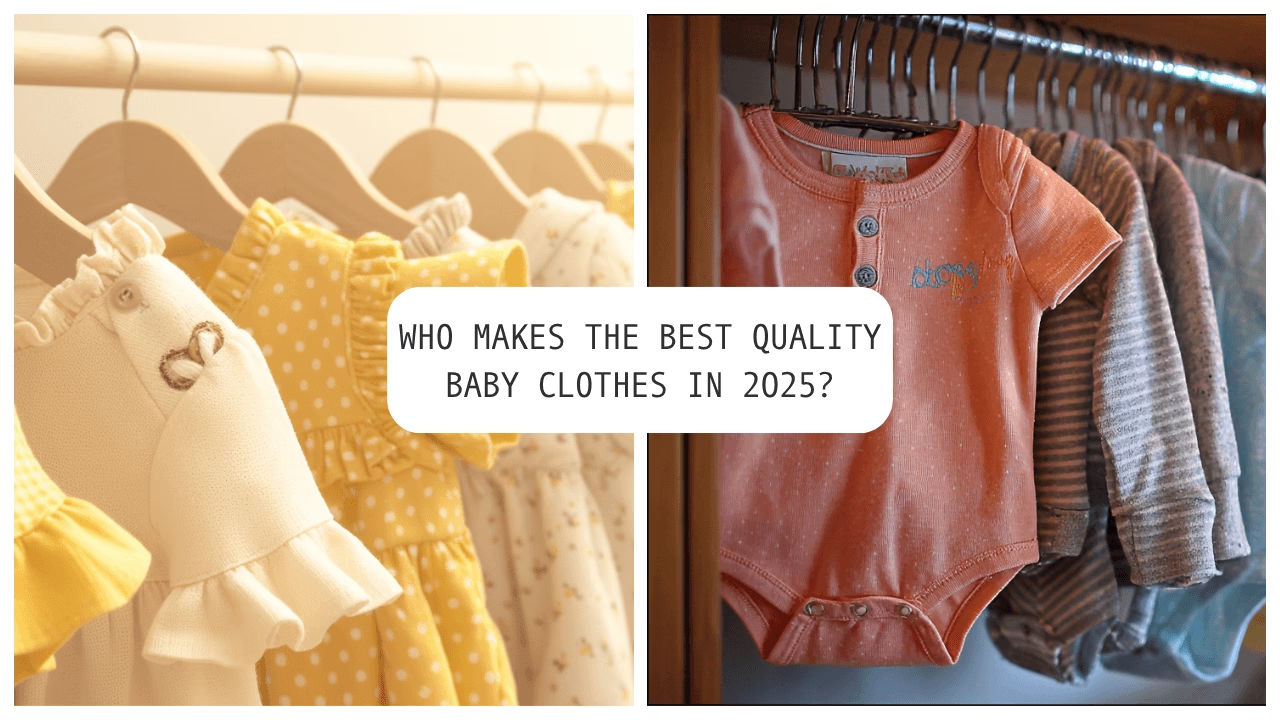
When it comes to choosing the best baby clothes, 2025 is all about combining comfort, durability, eco-friendliness, and style. Parents are becoming more mindful of the materials used in their little one’s clothes, opting for fabrics that prioritize health and sustainability. But with so many options out there, how do you know which brands are truly the best? This guide will highlight top brands and the factors you should consider when buying baby clothes.
View More:Top 10 Children’s Clothing Manufacturers to Watch in 2025
Introduction
As parents, we want nothing but the best for our babies, especially when it comes to their clothing. Babies’ skin is incredibly sensitive, and the materials that come in contact with it daily should not only feel soft but also be gentle, durable, and breathable. With new trends like eco-friendly baby clothes and organic fabrics, 2025 is a great time for parents to rethink their choices and make healthier, more sustainable decisions for their babies.
The good news is, there are many brands now offering high-quality, stylish, and durable baby clothing that is also gentle on the environment. In this article, we’ll explore the key factors to look for in baby clothes, highlight some of the top brands making waves in 2025, and give you tips on how to identify truly high-quality clothes for your little one.
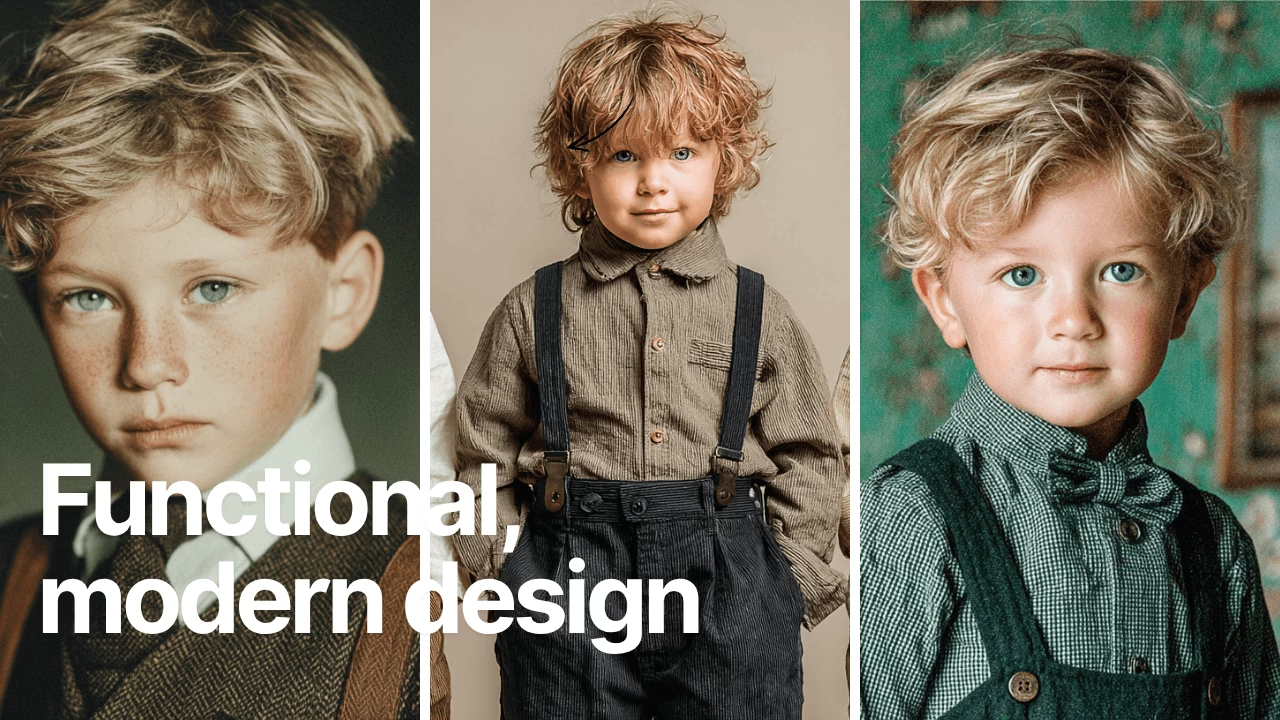
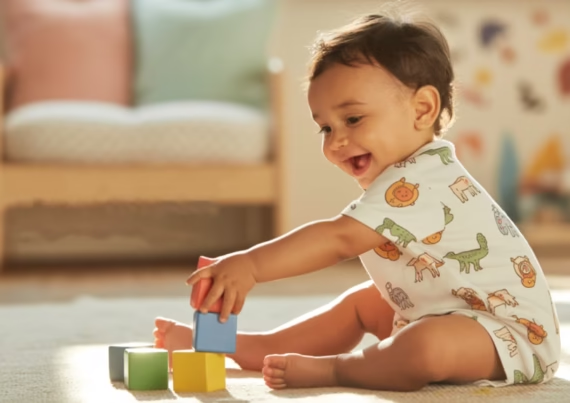
With 17 years of experience, petelulu provides a full range of
manufacturing services from design to delivery.
Start from scratch , Create your own brand.
17+
serving top 10 American brands
15+
serving top 10 Australian brands
12+
serving top 10 European brands
Contact us to get the quote.👇
The Key Factors to Consider When Choosing Baby Clothes
When shopping for baby clothes, there are a few factors you can’t overlook. From comfort to sustainability, each of these elements plays a significant role in ensuring your baby is not only comfortable but also safe.
Comfort and Softness
The most important consideration when choosing baby clothes is comfort. Babies have delicate, sensitive skin that can easily be irritated by harsh materials. Fabrics like cotton are often the best choice because they are soft, breathable, and gentle on your baby’s skin. When shopping for baby clothes in 2025, look for clothing made from 100% organic cotton. Organic cotton is grown without the use of harmful chemicals or pesticides, ensuring the fabric is as natural as possible for your baby.
Durability
Babies grow fast, and their clothes need to be able to keep up with their rapid growth and frequent changes. Durability is a critical factor to consider. High-quality baby clothes are made from materials that stand up to multiple washes and everyday wear. Durable fabrics like thick cotton, bamboo, and even wool can withstand the wear and tear that comes with your baby crawling, playing, and napping.
Breathability
Breathability is essential for a baby’s comfort. Babies can’t regulate their body temperature as efficiently as adults, which makes breathable fabrics crucial in preventing overheating or chilling. Natural fabrics like cotton and linen are highly breathable and help your baby stay cool in warm weather and cozy in cooler temperatures.
Eco-Friendliness
2025 is a year where sustainability is at the forefront of many consumer choices, including baby clothing. Eco-friendly baby clothes are made from natural, organic, and sustainable materials, ensuring that you’re making a positive impact on the environment. Brands offering eco-friendly options use materials that are grown without synthetic pesticides and fertilizers, reducing the carbon footprint of manufacturing.
View More: Holiday Baby Outfit Trends to Watch in 2025
View More: Baby clothes you REALLY need | Newborn Clothing 0-3 month 👇
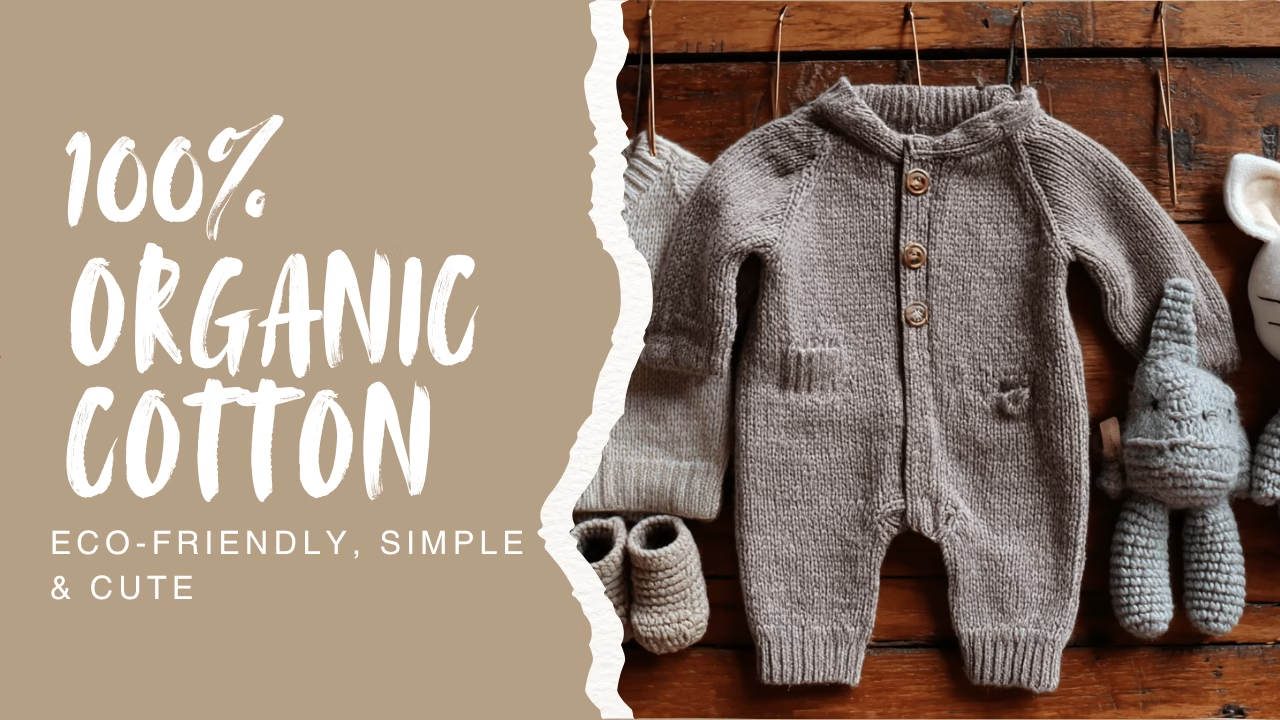

With 17 years of experience, petelulu provides a full range of
manufacturing services from design to delivery.
Start from scratch , Create your own brand.
17+
serving top 10 American brands
15+
serving top 10 Australian brands
12+
serving top 10 European brands
Contact us to get the quote.👇
Top 5 Brands Making the Best Quality Baby Clothes in 2025
Brand 1: Burt’s Bees Baby
Website: https://www.burtsbeesbaby.com
What sets them apart: Burt’s Bees Baby is known for its commitment to organic cotton and eco-friendly production practices. They offer a range of baby clothes that are gentle on the skin and on the planet. Their clothes are made without harmful chemicals, offering soft, safe options for your baby.
Comfort features: Soft cotton and bamboo blends ensure your baby’s skin remains comfortable. The fabrics are breathable, which is perfect for your baby’s sensitive skin.
Why parents love them: The brand’s emphasis on sustainability resonates with parents, and their clothes maintain their softness and durability after many washes. Plus, the cute designs are loved by parents.
Brand 2: Hanna Andersson
Website: https://www.hannaandersson.com
Unique selling points: Known for its high-quality craftsmanship, Hanna Andersson specializes in clothes that last. Their garments are durable, and many are made from organic cotton. Their sizing also accommodates growing babies, meaning their clothes can last longer.
Innovative fabrics: Many of their items feature hypoallergenic materials, making them an excellent choice for babies with sensitive skin. Their cotton is high quality, soft, and gentle.
Brand 3: L’ovedbaby
Website: https://www.lovedbaby.com
Affordable luxury: L’ovedbaby offers high-quality organic cotton baby clothes at reasonable prices, making them accessible to many parents who want to ensure their baby wears comfortable, sustainable clothing.
Fashion-forward designs: The brand’s clothing blends style with function. Their simple yet stylish designs are perfect for both everyday wear and special occasions.
Brand 4: Green Sprouts
Website: https://www.greensproutsbaby.com
Specialized in organic wear: Green Sprouts offers a wide range of eco-friendly baby clothes, with a special emphasis on organic cotton. Their clothing line features materials that are safe for your baby and good for the environment.
Comfort & style: Combining functionality with modern design, Green Sprouts makes clothes that are easy to care for and stylish. The soft cotton ensures your baby stays comfortable while looking great.
Brand 5: Kyte BABY
Website: https://www.kytebaby.com
A standout for stylish comfort: Kyte BABY’s clothing is made from bamboo fabric, making it ultra-soft and breathable. Their products focus on comfort, and they provide a variety of trendy designs perfect for every season.
Parent reviews: Parents appreciate the brand’s high-quality, eco-friendly materials that retain their softness and comfort even after repeated use. The fabric is perfect for babies with sensitive skin.
Baby Clothing Brands Comparison
| Brand | Price Range | Origin | Style Features | Fabric | Age Range |
|---|---|---|---|---|---|
| Burt’s Bees Baby | $8 – $40 | USA | Eco-friendly, simple & cute | 100% Organic Cotton | Newborn – 24 months |
| Hanna Andersson | $15 – $50 | USA | Durable classics, Swedish-inspired | Organic Cotton | Newborn – 24 months |
| L’ovedbaby | $15 – $45 | USA | Minimalist, modern, versatile | Organic Cotton | Newborn – 24 months |
| Green Sprouts | $12 – $35 | USA | Functional, modern design | Organic Cotton | Newborn – 24 months |
| Kyte BABY | $15 – $60 | Canada | Trendy comfort, variety of styles | Bamboo Viscose | Newborn – 3T |
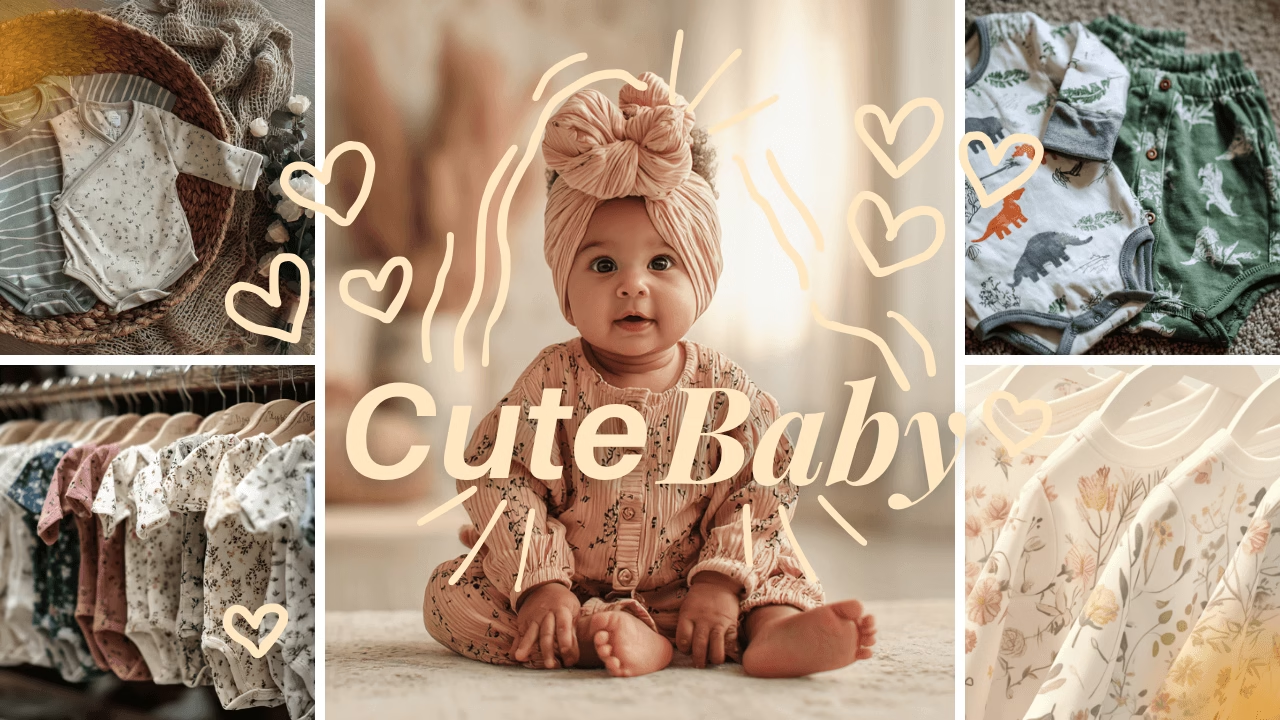
How to Identify High-Quality Baby Clothes
Choosing high-quality baby clothes doesn’t just mean picking out clothes that look good on your little one. It’s also about the materials, the stitching, and the overall craftsmanship. Here are the factors to help you assess the quality of baby clothes:
Fabric Quality
The fabric is the most important aspect of baby clothes. Fabrics made from natural materials like organic cotton, bamboo, and linen are the best choices. These fabrics are soft, hypoallergenic, and breathable, making them ideal for babies’ sensitive skin. When shopping, always check the fabric label to ensure it’s made from high-quality, non-toxic materials.
-
Organic Cotton: A top choice for baby clothes in 2025. It’s grown without harmful pesticides and is free from chemicals, making it safer for babies with skin sensitivities.
-
Bamboo: Bamboo fabric is another eco-friendly option. It’s naturally antibacterial, breathable, and soft, which makes it perfect for both warm and cold weather.
View More:5 Surprising Benefits of Bamboo Clothing for Infants
-
Linen: Linen is lightweight, breathable, and gets softer with each wash. It’s a great choice for hot climates, keeping your baby cool and comfortable.
Stitching and Finish
It’s important to check the stitching on the clothing to make sure it’s strong and well-done. Clothes with poorly executed stitching will wear out quickly, especially with the active lifestyle of a growing baby. Look for double stitching or reinforced seams in high-stress areas like the crotch, shoulders, and waistbands. Well-made baby clothes should have neat, smooth finishes without any loose threads or poorly finished hems.
Brand Reputation
A good way to identify high-quality baby clothes is by the reputation of the brand. Established brands with positive reviews from parents are likely to offer better-quality clothes. Consider looking up online reviews and parent forums to get feedback from other customers about the brand’s quality, comfort, and durability.
Ethical Production
As consumers become more conscious of the impact of their purchases, many brands are adopting ethical production practices. When buying baby clothes, consider whether the company follows fair labor practices and uses sustainable production methods. Many brands now provide transparency about their supply chain, ensuring that workers are paid fairly and work in safe conditions.
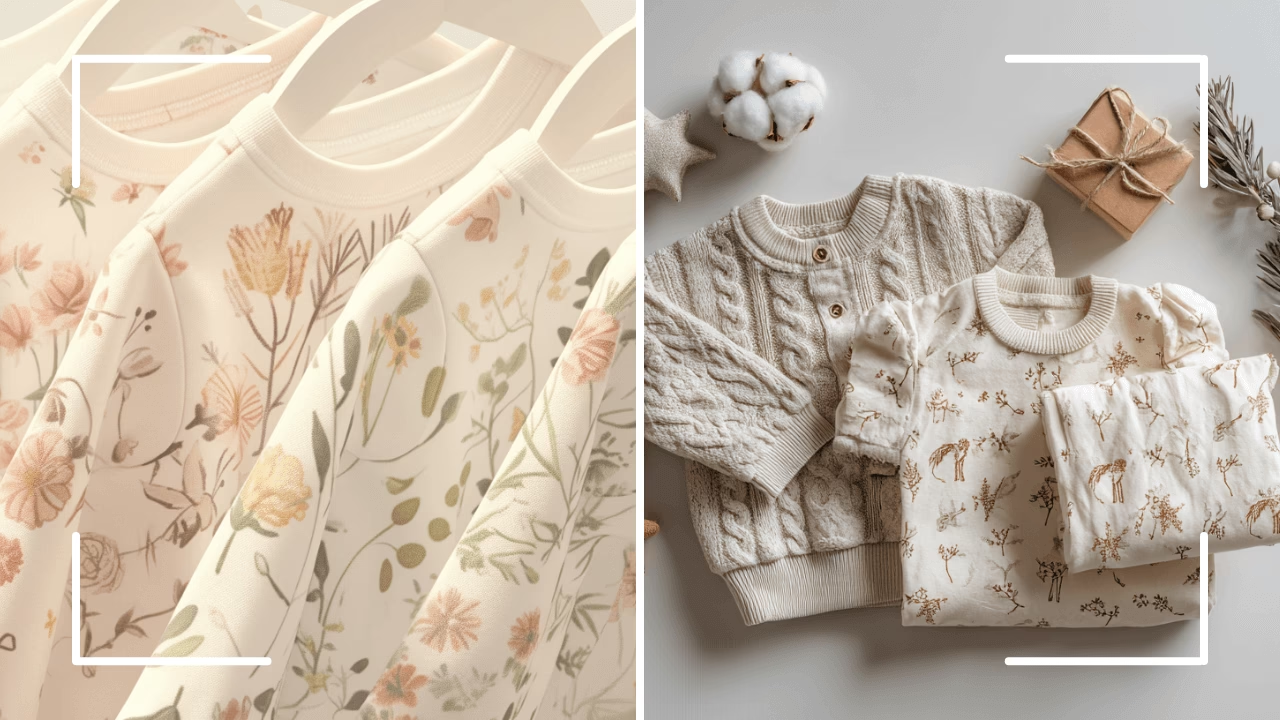
Benefits of Organic Baby Clothes in 2025
In 2025, more parents are choosing organic baby clothes for their babies, thanks to the many benefits these clothes offer in terms of health, comfort, and the environment.
Health Benefits
Organic cotton is grown without harmful chemicals, pesticides, or fertilizers, making it a safer option for babies with sensitive skin. The lack of toxic chemicals in organic fabrics means that there is a reduced risk of skin irritation, rashes, or allergies. Babies’ skin is more porous and absorbs substances easily, so organic fabrics are an excellent choice for protecting your baby’s skin from potential harm.
Environmental Impact
Choosing organic baby clothes helps protect the planet. Organic farming uses fewer chemicals and practices crop rotation, which helps maintain healthy soil and water. By purchasing organic clothing, you are supporting a more sustainable and eco-friendly industry. Plus, many organic brands also focus on other sustainable practices, such as eco-friendly packaging, reducing carbon footprints, and promoting fair trade.
Price vs. Value
While organic baby clothes can be a bit pricier than conventional options, many parents consider the investment worthwhile. The higher price reflects the quality and care that goes into producing organic clothing. Moreover, organic clothes often last longer due to their high-quality fabrics and durable construction. Plus, if you buy from a brand known for quality, you’ll likely get more value for your money, as organic baby clothes can often be passed down to younger siblings or resold.
Conclusion
When choosing the best quality baby clothes for your little one in 2025, it’s important to consider factors like fabric quality, durability, comfort, and eco-friendliness. The best brands are those that prioritize your baby’s health by using natural, organic materials and producing high-quality, long-lasting garments. As sustainability becomes a larger trend, many brands now offer not only high-quality clothes but also environmentally friendly options that help reduce your carbon footprint.
Brands like Burt’s Bees Baby, Hanna Andersson, L’ovedbaby, Green Sprouts, and Kyte BABY stand out for their high-quality materials, innovative designs, and ethical production practices. By choosing these brands, you’re not only providing the best for your baby’s comfort but also supporting companies that care about the environment and ethical production.
Remember, when shopping for baby clothes, always consider your baby’s comfort, the durability of the fabric, and whether the brand aligns with your values. This will ensure you’re making the best choice for both your baby’s health and the planet.
FAQ: Best Quality Baby Clothes in 2025
1. What makes a baby brand one of the “best” in 2025?
Top brands combine ultra-soft, breathable fabrics (like organic cotton, bamboo, and linen) with durability, eco-friendly production, and stylish design. Look for certified organic materials, reinforced stitching, and transparent ethical practices.
2. Why choose organic cotton baby clothes?
Organic cotton is grown without pesticides or harsh chemicals, making it hypoallergenic and gentle on sensitive skin. It’s also more breathable and durable—ideal for newborns through toddlers.
3. Are bamboo baby clothes better than cotton?
Bamboo viscose is naturally antibacterial, wicks moisture, and remains soft wash after wash. It’s an excellent alternative or complement to organic cotton, especially in fluctuating temperatures.
4. How can I tell if a garment is high-quality?
Inspect the fabric label (100% organic cotton, bamboo, or linen), look for double-stitched seams in stress areas, and feel for softness. Well-made baby clothes will have no loose threads or rough edges.
5. What age ranges should I shop for?
Most premium brands cover sizes from newborn up to 24 months; some (like Kyte BABY) extend through 3T. Always check the brand’s size chart for best fit.
About the author
Xhiney, founder of Petelulu, brings over 20 years of experience in children’s wear design, production, and international trade. A contributor to Children’s Wear and Junior magazines, Xhiney has spent 17 years working with high-end children’s wear brands in Europe and the U.S., offering expert insights and support.
